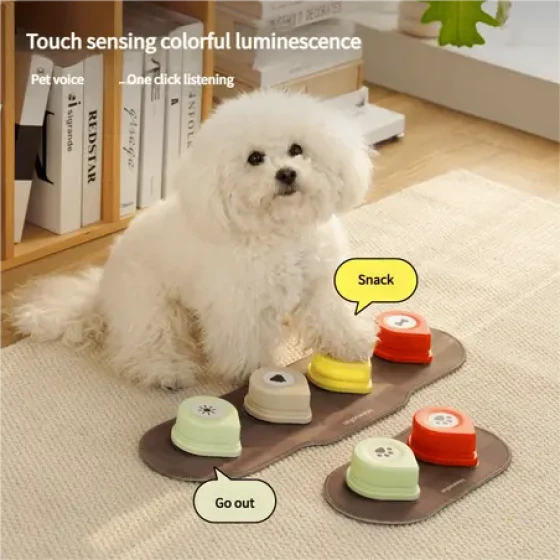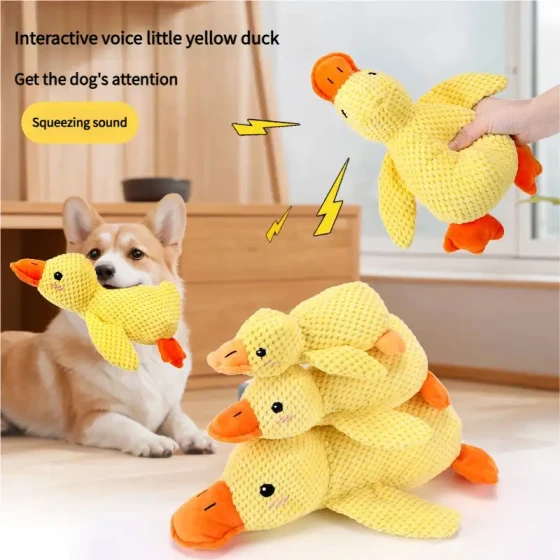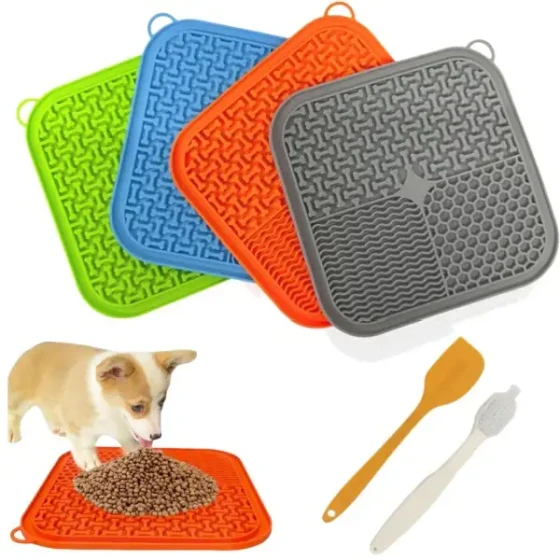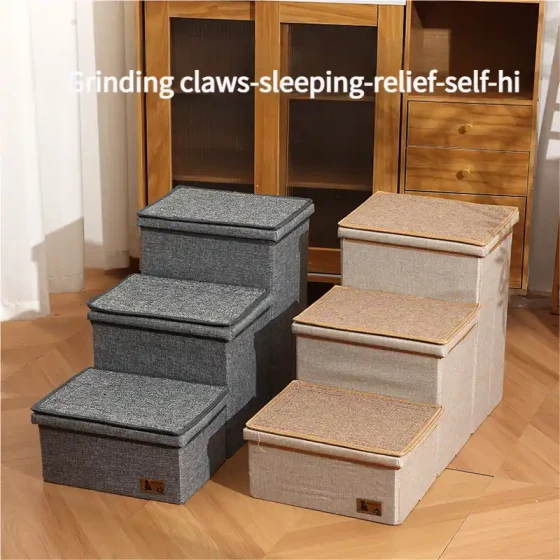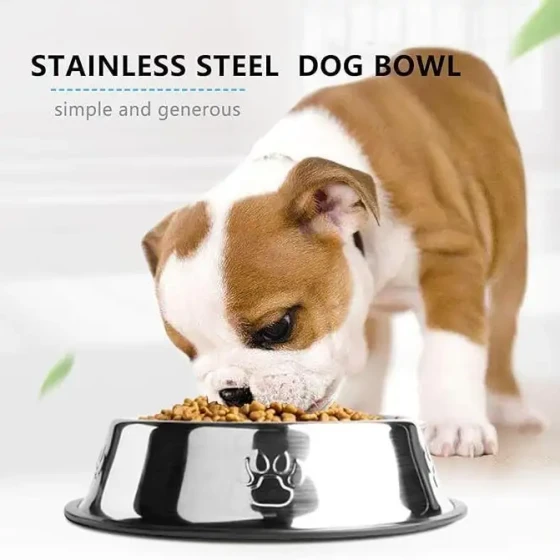Morphological Characteristics of the Finnish Hound
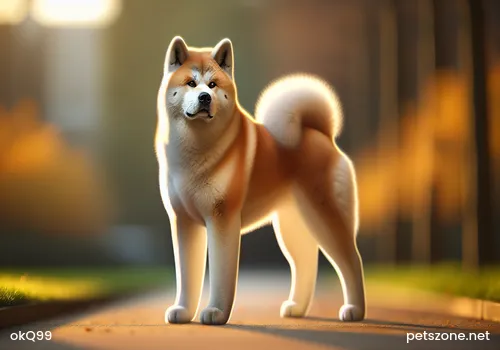
The Finnish Hound’s appearance closely resembles an enlarged fox, with the most important feature being its square-shaped body without any exaggerated parts. The ideal Finnish Hound male’s shoulder height should be 17.5 to 20 inches, and the ideal female’s shoulder height should be 15.5 to 18 inches.
Morphological Characteristics
Any deviation from the ideal Finnish Hound described in the standard is considered a fault and should be penalized according to the degree of deviation. Structural faults in the Finnish Hound are undesirable as in other breeds, even if not detailed in the breed standard.
Proportion: Square-shaped; the distance from the breastbone to the rump equals the distance from the withers to the ground. However, the coat can sometimes affect the square appearance.
Build: The body build and bone mass are in harmony with the overall proportion.
Head
Clean outline, fox-like. The distance from the occiput to the nose tip is relatively long, with a ratio of about 7:4 when compared to the widest part of the head. Females are more refined and have less neck ruff hair than males but share the same proportions. A strongly muscular or coarse head, or a head that is too long or narrow with a sharp muzzle, is a fault.
Expression: Fox-like and lively.
Eyes: Almond-shaped with black eye rims. Positioned obliquely with moderate spacing—not too far apart or too close. Outer eye corners slope upward. Dark-colored with a sharp, alert gaze. Any deviation such as watery eyes, teary eyes, round or light-colored eyes are faults.
Ears: High set. When alert, ears stand erect, ear openings facing forward, and ear tips just above the outer eye corners. Small, erect, sharply pointed, and very flexible ears. Ears set too high, too low, too close together, or excessively hairy inside are faults.
Skull: Flat between ears with minimal arch before ears. The forehead is slightly arched. The length ratio of skull to muzzle is about 4:3.
Stop: Distinct.
Muzzle: Narrow when viewed from front, top, and side; width and depth equal, blending into the head. Slightly tapered tip, with angles nearly equal on all sides.
Nose: Black. Any deviation is a fault. About 80% of the nose leather surrounds the muzzle.
Lips: Black; thin and tight.
Bite: Scissor bite. Crooked bite is a serious fault.
Neck, Topline, Body
Neck: Properly placed, muscular. Clean with no excess skin under the muzzle. Males have a slightly shorter neck due to a thick neck ruff.
Topline: Level from the withers to the rump.
Body: Muscular, square in proportion.
Chest: Deep, reaching to the elbows. The depth of the chest compared to the distance from the withers to the ground is about 4:9.
Ribs: Well sprung.
Abdomen tucked up slightly.
Loin: Short.
Tail: Set below topline, forming a separate ring, resting on the loin with the tip pointing toward the thigh. The tail has feathered hair, forming a beautiful curve forward from the base, then down and back, lying flat on the thigh or extending to the mid-thigh. If straightened, the tailbone reaches the hock. Tail set too high or too low, overly curled tail, or short tail are faults.
Forequarters
Shoulder: Shoulder blade inclined at a 30-degree angle to vertical.
Forelegs: Viewed from front, spacing is moderate and parallel. Straight elbows close to the body, neither bowed inward nor outward. Bones strong but not too heavy, in harmony with overall proportion. Fine bones affect endurance, heavy bones make movement clumsy, all faults.
Carpus: Slightly slanted from side view. Weak carpus is a fault.
Dewclaws: May be removed.
Paws: Round, compact; toes arched, tightly bound or cup-shaped. Central two toes slightly longer than outer ones. Pads deep and covered with thick skin. Such paws are fully round as opposed to oval.
Hindquarters
Angulation in proportion to forequarters.
Thighs: Muscular.
Hocks: Positioned moderately low, straight and parallel.
Dewclaws: Removed.
Paws: Same as forelegs.
Coat
The coat is double-layered, consisting of a short, soft, dense undercoat and a long, straight, coarse topcoat (body hair length about 1 to 2 inches). Hair on the head and legs is short and tight; the longest and densest hair is on the tail and rear thighs. The topcoat on the neck and back is long and hard; males have very abundant hair on the shoulders forming a neck ruff appearance. Males have more hair than females. Except for the paws, trimming of coat is not allowed anywhere. Whiskers must not be trimmed. Any trimming of the coat is a serious fault. Silky, wavy, excessively long or short coats are faults.
Color
Various shades of golden red are allowed, from light honey to deep chestnut. No preference for color as long as it is bright and clean within permitted range. If the undercoat is light, the shading gives the coat a glowing appearance. White markings on the toes not exceeding one quarter size or white stripes (ideally not wider than 0.5 inches) on the forechest are permitted. Sparse black hairs along the lips and isolated black hairs on the back and tail are allowed. Puppies may have many black hairs decreasing with age; black persists longer on the tail. Muddy or unclear colors, except as described, and white markings on the body are faults.
Gait
The Finnish Hound’s steps are light, lively, and energetic, with a lively and elegant trot that tends toward a single track as speed increases. It can also sprint when hunting. The angulation of fore- and hindquarters allows quick transition into the working gait. The essence of the correct gait is endurance and agility.
